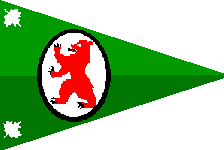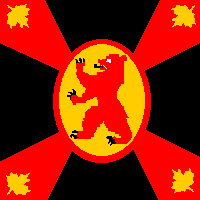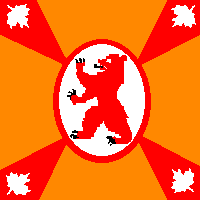In the 18th Century rules I am writing for our local gaming (Northern Vancouver Island, BC, Canada), I have five or six morale grades (depending upon how you count them). However, for the most part there are effectively three grades.
This sounds strange, I know. Two of the morale grades (Raw and Poor) are effectively the same. The difference is that Raw units are essentially newly raised units; andPoor units were once Veteran (or better) and have since lost that status.
The very best troops, of course, are the Guards. But in the entire army, only one unit of foot and one unit of mounted are ever allowed to exist at any one time.
Militia are the very worst troops -- but only because they have not received enough training yet. They are the result of a ruler rashly rushing them into action too soon.
So, the three "common" troop types are: Raw/Poor, Veteran and Elite.
In "Bluebear's Tricorne Wars", all troops have "good days" and "bad days" (just as in real life). And no general knows before the battle how any unit will respond on "the day". They will know the general morale grade -- but not how they'll respond that day.
To determine their actual "morale number" for that particular battle, they will dice for it once it becomes necessary for them to know it (i.e., once they're in contact with the enemy). These numbers range from 1 to 5 (higher is better). Most are rolled for with Averaging Dice, which are numbered 2,3,3,4,4,5 although some use a d3:
- Guard -- roll 2dAv, take higher die (range 2-5) -- but get better of 2d6 when testing
- Elite -- roll 2dAv, take higher die (range 2-5)
- Veteran -- roll 1dAv (range 2-5)
- Raw or Poor -- roll 2dAv, take lower die (range 2-5)
- Militia -- roll 1d3 (range 1-3)
These "basic morale numbers", along with various tactical bonuses and/or penalties determine what number (or less) must be rolled on 1 d6 to succeed -- with a "1" always succeeding; and a "6" always failing.
More on "Bluebear's Tricorne Wars" in future posts.
-- Jeff




































